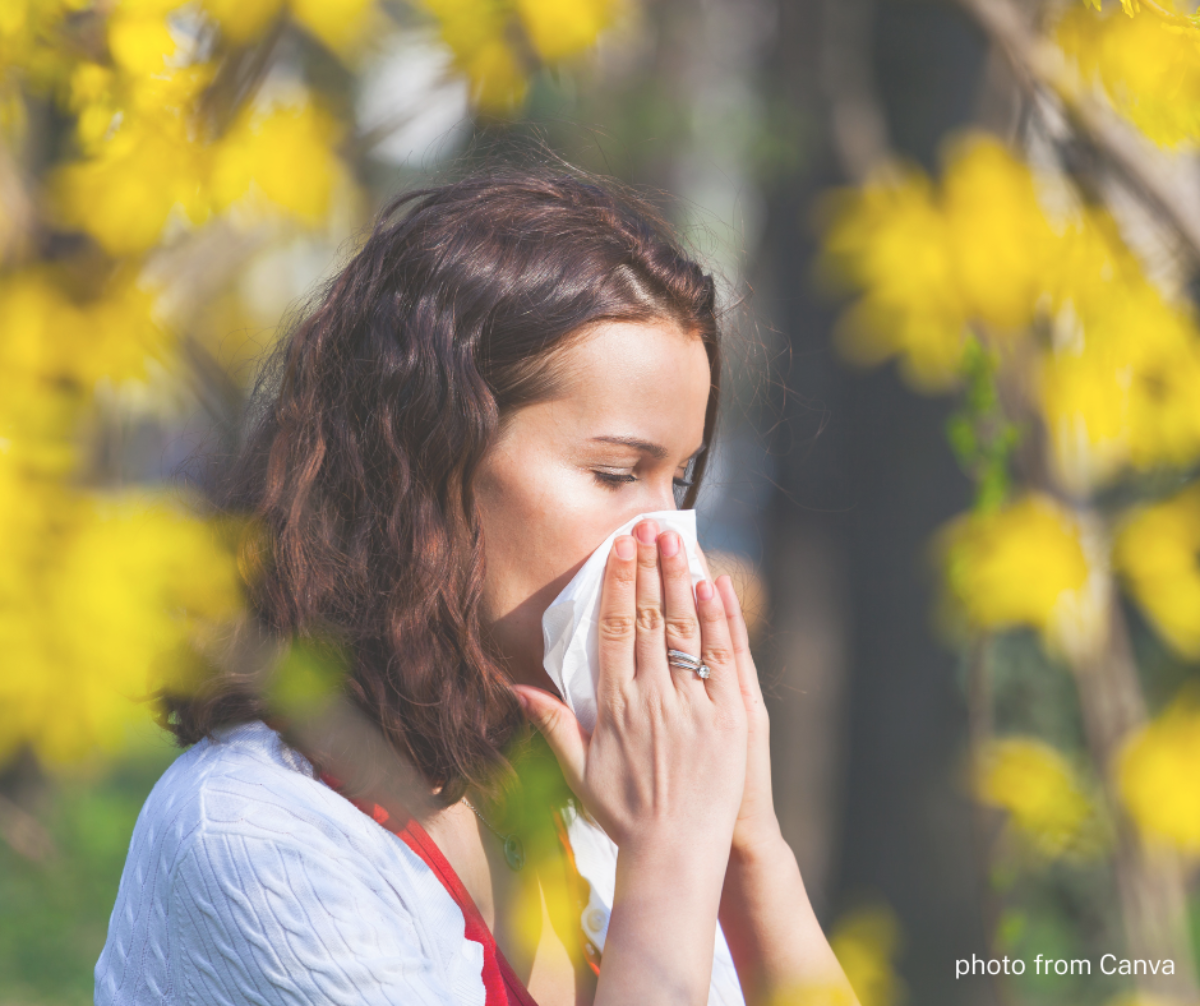Dalhousie researchers identify beneficial role for protein considered a “bad guy” in allergies
April 25, 2025
By Laura Eggertson
A protein found in high levels in people with allergies can also stimulate a beneficial response by helping a type of immune cells called mast cells fight viral infection, a group of Dalhousie University researchers has discovered.
The finding has implications both for a class of medications doctors prescribe to fight severe asthma and for the development of future therapies for infection and cancer, says Dr. Jean Marshall, a Professor at Dalhousie’s Faculty of Medicine. Dr. Marshall is a senior co-author of the study that identified the role of this protein, called Interleukin-5, or IL-5.
Mast cells reside throughout the body. They release substances that cause allergy and asthma symptoms when people are in contact with something to which they are allergic. However, they are also known for alerting the body to invading bacteria and viruses and helping it to fight infections.
In people with severe forms of allergic asthma, contact with allergens such as pollens, pet fur or house dust mites activates mast cells. This leads to the immediate release of small molecules such as histamine, which can cause airways to swell and constrict, making it difficult to breathe properly.
Viral respiratory infections, such as respiratory syncytial virus (RSV), are associated with worsening of allergic asthma and asthma deaths, Dr. Marshall and her colleagues say in their study, published in the February 28 edition of the Journal of Allergy and Clinical Immunology.
“As we learn more about how mast cells can fight the very earliest stages of infection it may provide us with opportunities to better mobilize them to fight viral infections in the airways,” Dr. Marshall says.
Dr. Marshall and her colleagues studied the interaction between the protein IL-5 and mast cells. Researchers have previously considered the protein a “bad guy” in allergic diseases because it promotes the development and recruitment of inflammatory cells, found in the lungs of asthmatic people. These cells can damage lung tissues.

Improves immune response
Even though IL-5 can contribute to more severe allergic disease, the protein also improves the ability of mast cells to begin an immune response to fight off viruses, bacterial infections, and even cancer, say Dr. Marshall and Dr. Ian Haidl, the paper’s co-senior author.
“We showed that it actually supported mast cell survival,” Dr. Haidl says.
If mast cells can live longer, then they are better able to maintain the immune response that fights off a variety of infections, particularly by producing large amounts of virus- fighting proteins known as interferons, he explains.
“Essentially what we found is having IL-5 makes the mast cells better able to survive the impact of the viral infection, live longer, and produce more interferons to fight the infection more effectively,” Dr. Marshall adds.
In their study, the scientists, including first-author Dr. Jasmine Barra, assessed the impact of the RSV virus, as well as a type of coronavirus, and Reovirus, a virus that can kill cancer cells, on human mast cells.
When the researchers added IL-5 to the mast cells, the cells lived longer and produced more interferons.
This research grew out of earlier work the scientists were doing at the start of the global pandemic, when they studied how mast cells responded when exposed to coronaviruses similar to the virus that causes COVID-19. The scientists then joined forces with colleagues who specialize in bioinformatics to mine data about existing medications and the potential clinical implications of their findings.
“Now it’s turned into a potentially important story about how mast cells respond to viruses,” Dr. Haidl says.
The research also has implications for three anti-IL-5 medications (benralizumab, mepolizumab and reslizumab) currently approved to treat severe allergic asthma by blocking the protein, the researchers say. Blocking IL-5 for one reason – reducing allergic asthma – may have other negative effects. The researchers believe clinical studies should now further examine these effects.
Although they caution people not to stop taking those medications if a doctor has prescribed them, clinicians should be aware that there is a possibility that inhibiting IL-5 might also reduce a patient’s ability to fight viral infections, Dr. Marshall and Dr. Haidl say. This implication requires further research.
“What we’re saying is, we need to understand that both mast cells and IL-5 have some useful roles and it’s important we be aware of that,” Dr. Marshall says.
The researchers would now like to conduct further studies in laboratory models to learn how best to enhance mast cells’ ability to fight infection and cancer, the researchers say.
“By learning which buttons to press, we can then get to the point of having drugs that will press those buttons for us, to mobilize different arms of the immune response when you want to and to activate mast cells so they can do their job in protecting us more efficiently,” says Dr. Marshall.
Philanthropic support that the Sawyer Endowment for Cancer Research provided to the Beatrice Hunter Cancer Institute was critical to supporting this research, as were grants from the Canadian Institutes of Health Research and the Canadian Allergy, Asthma, and Immunology Foundation, Dr. Marshall says.
She hopes further philanthropic donors will step forward to help them further explore the benefits of using mast cells to treat diseases, especially at an early stage.
In the age of pandemics and emerging infectious diseases, having better ways to lessen the impact of a viral infection, even before the precise cause of the infection is known, could be important, she adds.
“Our overall mission is to exploit what mast cells do in a more positive way for the treatment of disease, from early to chronic infections,” Dr. Marshall says.
TAGS
